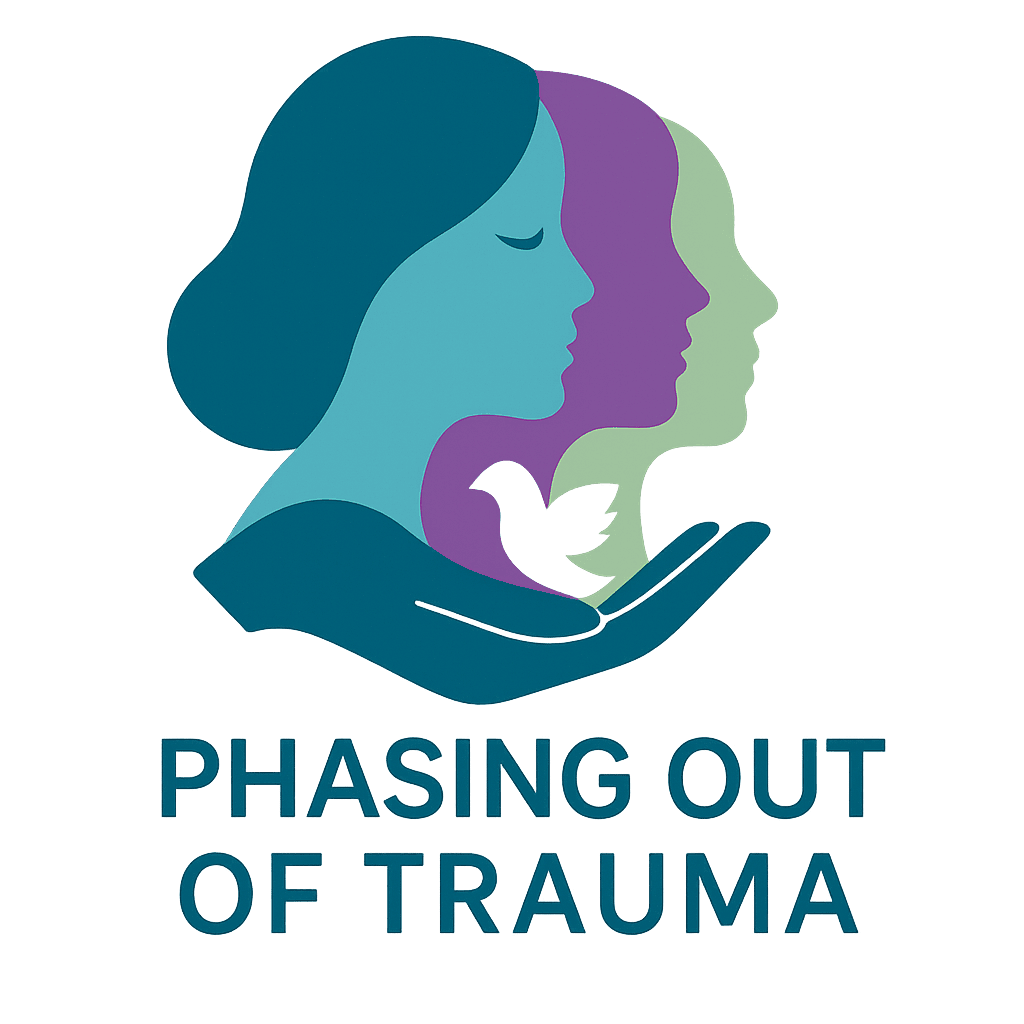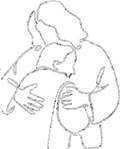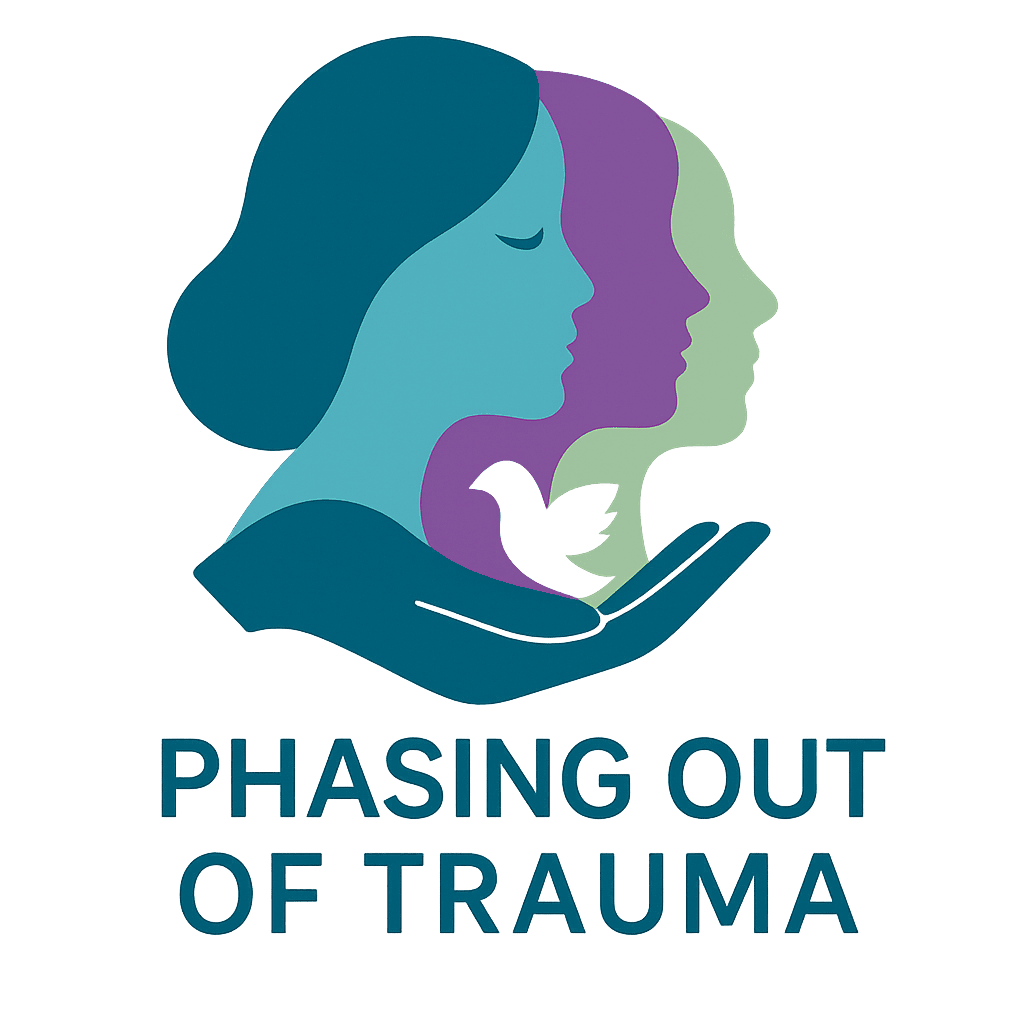Phase One

All healing must start somewhere. At Phasing Out of Trauma it starts here, at Phase One
I experience Trauma.
I desire God to be part of my healing.
We admire your strength, and desire to enter into this healing work! Know that we are praying for you, and we are here for you as you continue this work. Our Meeting Leaders, Small Group Leaders, and Mentors have been where you are - taking these first steps towards greater healing. Like them, you can expect to not have this first Phase answer all of your questions, rather it will help to set you on a firm foundation based on truth and grounded in reality while holding onto hope of where you are headed.
Phase One Prayers Practices

Phase One Healing Activities
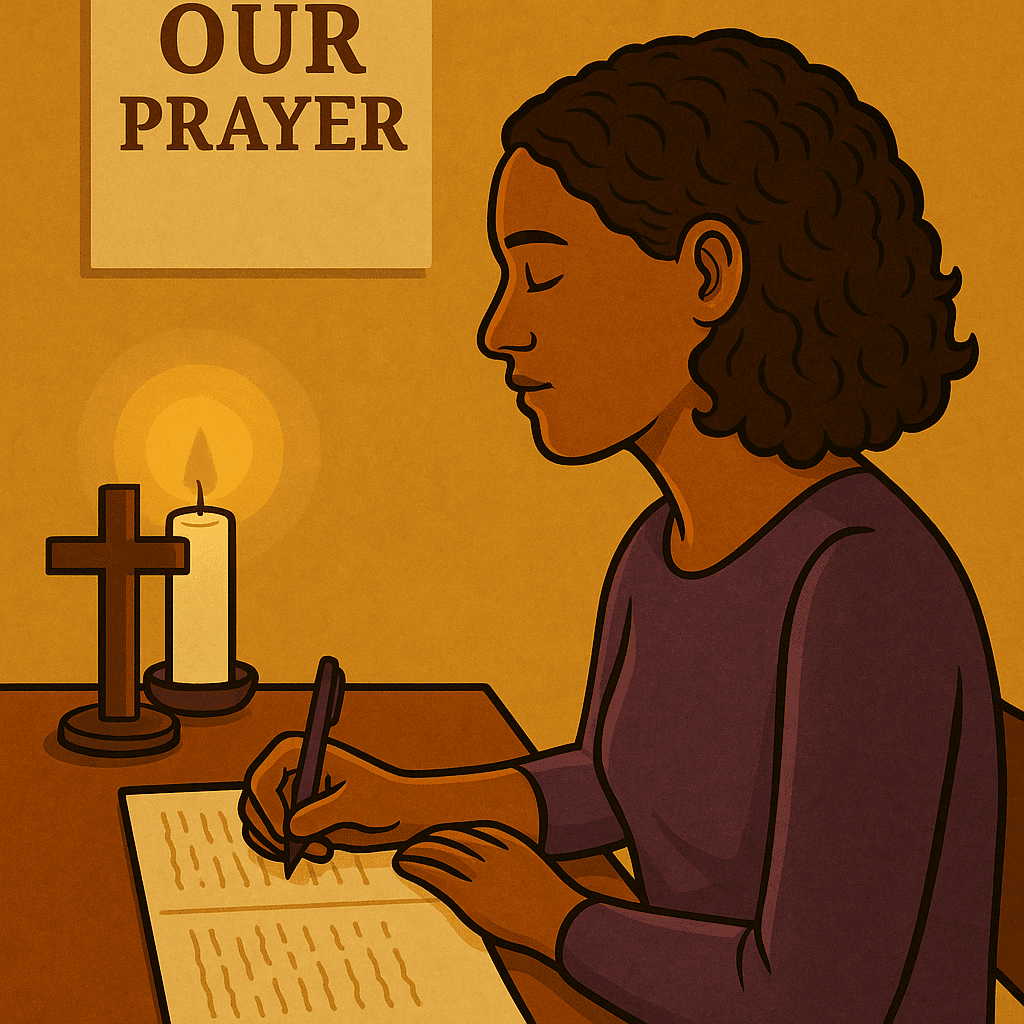
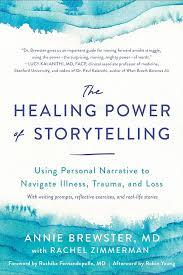
The Healing Power of Storytelling
by Annie Brewster MD
This is a Phase Work Book. It addresses the Psychological aspect of Phase One -
Admitting that we've experienced trauma.
If you have a hard time understand how to start to tell your story to yourself, and can't ever imagine telling your stories to others, this is a great book to start your Phase One reading with.
Annie Brewster will take you through a very therapeutic approach to looking at your stories, sharing key aspects of them to hone in on, so that you can begin to shift how you see your story, and notice patterns within it that will provide amazing insights as you continue your journey.

Does God See Me?
How God Meets Us in the Center of Our Trauma Healing Journey
by Magalie Previlon
This is a Phase Work Book as well. It addresses the spiritual aspect of Phase One -
I desire God to be part of my healing.
If you have wondered whether or not God has seen your suffering, and how He can help you heal, Dieula walks you through how she herself has healed from multiple traumatic events, and how others she has worked with have started their journey's as well.
This book walks us through a lot of the various part of healing and is a great introduction to show us what is in store as we continue our journeys. It may bring up triggering stories, or topics. Please know that you are not meant to resolve them all during this Phase.
Dieula also provides lovely somatic practices which we expand on to bring God into them in our Phase Work Fellowship Reflective Workbooks.

It’s Not Supposed to Be this Way
by Lysa Terkeurst
This is a Bible Study Book - to help you draw closer to God, and enter into the Scriptures during Phase One
We understand that many of us starting this journey tell ourselves this exact thing:
"It wasn't supposed to be like this."
Here in Phase One we want to let you know that there are others out there who are experiencing that exact same sentiment, and so we offer you this Bible Study book as a recommendation to read during Phase One.
This is not required, it is optional, and it's okay if you're not ready for a Bible Study just yet.
This is a Heading
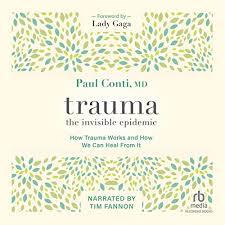
Trauma: The Invisible Epidemic
by Paul Conti, MD
This is an Informative book - It will help to give you more information about what trauma is, as many of us don't really understand exactly what it is we've experienced, or we may only recognize some of our experiences as being traumatic.
This is an optional reading recommendation during this Phase.
Dr. Conti informs us in this book how wide-spread trauma is, and shares stories about its many forms. He also shares about what it does to us physically, how it affects our nervous system, and causes us to have reactions and responses that we wouldn't otherwise have. He shares stories about himself, and about various friends and clients he's served.
The Healing Power of Storytelling with Annie Brewster MD
on Moments with Marianne
As you contemplate telling your story to yourself and sharing it with others, we know reading a book about it may be a bit much! So we offer you this video so Annie herself can share this information with you.
The Healing Power of Our Stories Joel Burt-Miller TEDxBrandeisUniversity
How our stories are connected, and looking at our stories with a new purpose. Helping us listen to our feelings, and share spinets of our experiences. And how when we had things removed from us we understand their purposes in more and more depth. He also shares what it takes to make changes in our lives.
What is trauma? The author of “The Body Keeps the Score” explains
Bessel van der Kolk on Big Think
Understanding how trauma affects us is important as we look to help resolve it in our lives. One of the things many of us believe is if we just put all of this "behind" us we'll eventually be "alright" however, Bessel van der Kolk tells us that our bodies keep a record of our experiences.
We will read more about this in later chapters, for now we just want to introduce this concept to you so you can have a greater understanding of what it is you're experiencing.
Understanding Trauma - Part 1 #complextrauma
Tim Fletcher
Tim Fletcher shares with us in this video how to understand trauma. He provides a look into what trauma is so that as we contemplate our stories, or look at our timeline we can start to understand what the zigs and zags are, and why there's slumps, or spirals or the line become dashed or fainter at points than others.
We will be hearing more from Tim as we continue this journey.
The Healing Power of Our Stories Joel Burt-Miller TEDxBrandeisUniversity
How our stories are connected, and looking at our stories with a new purpose. Helping us listen to our feelings, and share spinets of our experiences. And how when we had things removed from us we understand their purposes in more and more depth. He also shares what it takes to make changes in our lives.
When You're Ready to Move On
Once you've completed the portions of this Phase you believe you need to in order to move forward into Phase Two, we ask that you complete the form below to share your journey with us. With the exception of a few questions all of the information you share with us will only be used for internal purposes to help us ensure that the next woman who starts this phase has the best possible experience within it as possible.
Where indicated below, we will share what you ask us to with your Leaders, and or Mentor.
We do ask that you prayerfully consider sharing a portion of your journey with us in order to help us encourage other women, and let our partners, host sites, and donors know the impact their partnership with us is having. Please know that we will only share what you provide, and will will never use your name unless you've specifically asked us to.
